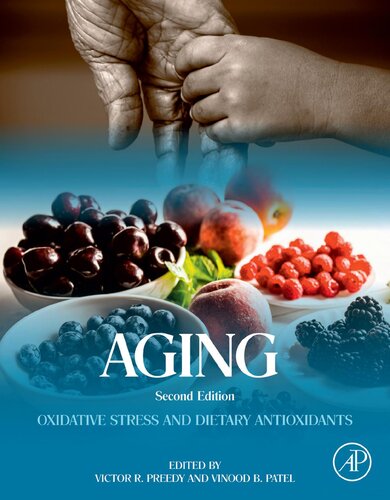

Most ebook files are in PDF format, so you can easily read them using various software such as Foxit Reader or directly on the Google Chrome browser.
Some ebook files are released by publishers in other formats such as .awz, .mobi, .epub, .fb2, etc. You may need to install specific software to read these formats on mobile/PC, such as Calibre.
Please read the tutorial at this link: https://ebookbell.com/faq
We offer FREE conversion to the popular formats you request; however, this may take some time. Therefore, right after payment, please email us, and we will try to provide the service as quickly as possible.
For some exceptional file formats or broken links (if any), please refrain from opening any disputes. Instead, email us first, and we will try to assist within a maximum of 6 hours.
EbookBell Team

4.1
100 reviewsAging: Oxidative Stress and Dietary Antioxidants, Second Edition, bridges the trans-disciplinary divide and covers the science of oxidative stress in aging and the therapeutic use of natural antioxidants in the food matrix in a single volume. The second edition covers new trials and investigations used to determine the comprehensive properties of antioxidants, food items and extracts, as well as any adverse properties they may have. It has been updated to include new clinical human trials and a new section dedicated to animal models of aging. Throughtout the book the processes within the science of oxidative stress are described in concert with other processes, such as apoptosis, cell signaling, and receptor mediated responses. This approach recognizes that diseases are often multifactorial, and oxidative stress is a single component of this.
Gerontologists, geriatricians, nutritionists, and dieticians are separated by divergent skills and professional disciplines that need to be bridged to advance preventative as well as treatment strategies. While gerontologists and geriatricians may study the underlying processes of aging, they are less likely to be conversant in the science of nutrition and dietetics. On the other hand, nutritionists and dietitians are less conversant with the detailed clinical background and science of gerontology. This book addresses this gap and brings each of these disciplines to bear on the processes inherent in the oxidative stress of aging. This will aid in better research, treatment and outcome for patients.